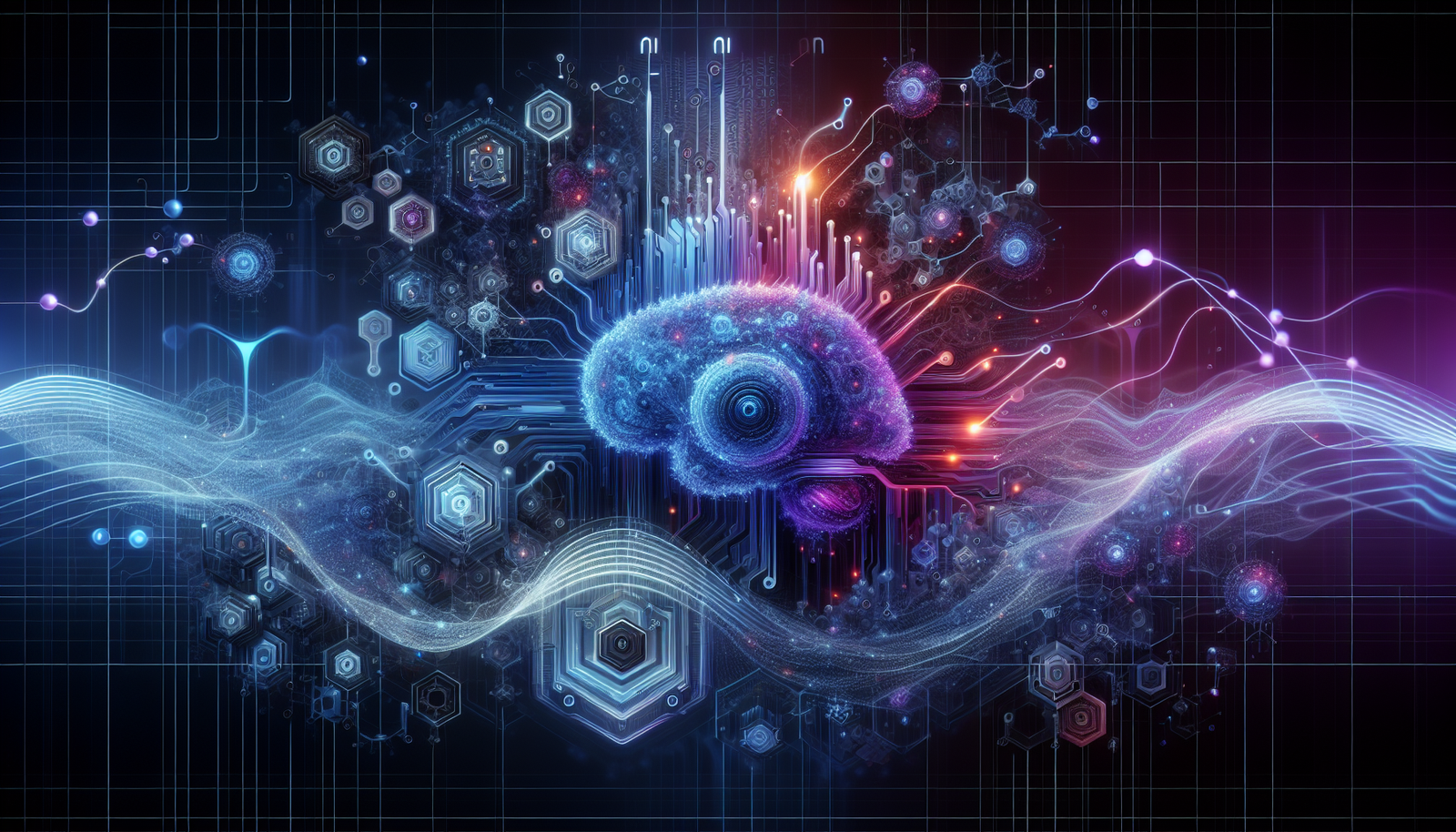The fight against catastrophic forgetting is a major challenge for artificial intelligence, hindering its evolution. Recent advances in memristors offer an innovative solution, enabling AI to retain and integrate knowledge effectively. The adoption of these technologies will transform the AI landscape, fostering the emergence of more robust and adaptive systems.
Optimization of AI knowledge and resistance to forgetting are now possible thanks to an advanced neuromorphic architecture. These revolutionary devices enhance the learning and memory capabilities of AI models. The future of artificial intelligence relies on a synergy between emerging technologies and the struggle against the cognitive limitations of neural networks.
Memristors: a significant technological breakthrough
Memristors, revolutionary electronic components, present themselves as promising solutions to address catastrophic forgetting in artificial intelligence. This issue is a crucial challenge for the development of AI systems. Memristors emulate the functioning of biological synapses, offering non-volatile memory while enabling complex calculations in neuromorphic computing architectures.
Catastrophic forgetting: a challenge to overcome
Neural networks suffer from catastrophic forgetting, where learning new information erases the old. This phenomenon severely limits the adaptability of AI systems in a constantly evolving environment. Advances in memristors could allow the retention of old knowledge while integrating new information, making models more robust.
Features of the new memristors
The new models of memristors benefit from an innovative analog switching design. This technological choice offers better energy efficiency and faster processing capabilities. As a result, these devices become ideal candidates for real-time computing, enhancing the responsiveness of AI systems to varied data.
Neuromorphic architecture and implications
The combination of memristors with neuromorphic architectures opens new perspectives for AI development. This computing, inspired by the functioning of the human brain, would allow machines to simulate more advanced cognitive behaviors. The systems thus become capable of simultaneously managing a multitude of tasks without compromising memory.
Potential applications and benefits
The applications of memristors in AI are vast, particularly in the fields of robotics and big data analysis. The ability to retain knowledge while evolving on new tasks could transform the processing of large amounts of information in real-time. Such innovation also impacts the fields of video gaming, autonomous vehicles, and connected health.
Conclusion on ongoing research
Intensive research continues to refine memristors and their integration into AI systems. Teams of experts are developing these devices to ensure reliable and cutting-edge solutions. With increasing investment in this direction, the emergence of effective memristors to overcome catastrophic forgetting tightens the link between artificial intelligence and technological advancements.
Useful links for further exploration
For those who wish to learn more about innovations concerning memristors and AI, several articles delve into these topics. An overview of analog switching memristors describes their potential, while neuromorphic computing optimization highlights their effectiveness. Finally, an interesting article on a new detection and computing device sheds light on the future of these technologies.
FAQ on Memristors and AI’s Catastrophic Forgetting
What is a memristor and how does it work?
A memristor is an electronic component that regulates the flow of electricity and retains a memory of its previous state, making it crucial for the development of artificial intelligences capable of retaining information over long periods.
How do memristors help solve catastrophic forgetting in neural networks?
Memristors enable neural networks to maintain a more stable memory, preventing the erasure of previous data when learning new information.
What specific advantages do memristors offer over traditional circuits in terms of memory?
Memristors consume less energy, provide a higher memory density, and allow for more flexible data reconfiguration, which is essential for addressing catastrophic forgetting.
What impact could the use of memristors have on the efficiency of AI systems?
These devices could significantly improve AI systems’ ability to learn and adapt while retaining past knowledge, which is essential for complex and evolving tasks.
Can memristors be used in all artificial intelligence applications?
While they are very promising, memristors are not necessarily suitable for all applications. Their effectiveness varies depending on specific memory and data processing needs.
What challenges are associated with implementing memristors in AI systems?
Challenges include manufacturing costs, the need for new adapted algorithms, and managing integration with existing technologies.
Could the use of memristors revolutionize artificial intelligence research in the long term?
Certainly, as their ability to prevent catastrophic forgetting could lead to more robust and autonomous AI systems capable of continuous learning without losing knowledge.
Are there ongoing research efforts on memristors and their application in the field of AI?
Yes, several laboratories and companies are investing in memristor research to develop innovative solutions that could transform how artificial intelligences learn and remember.






